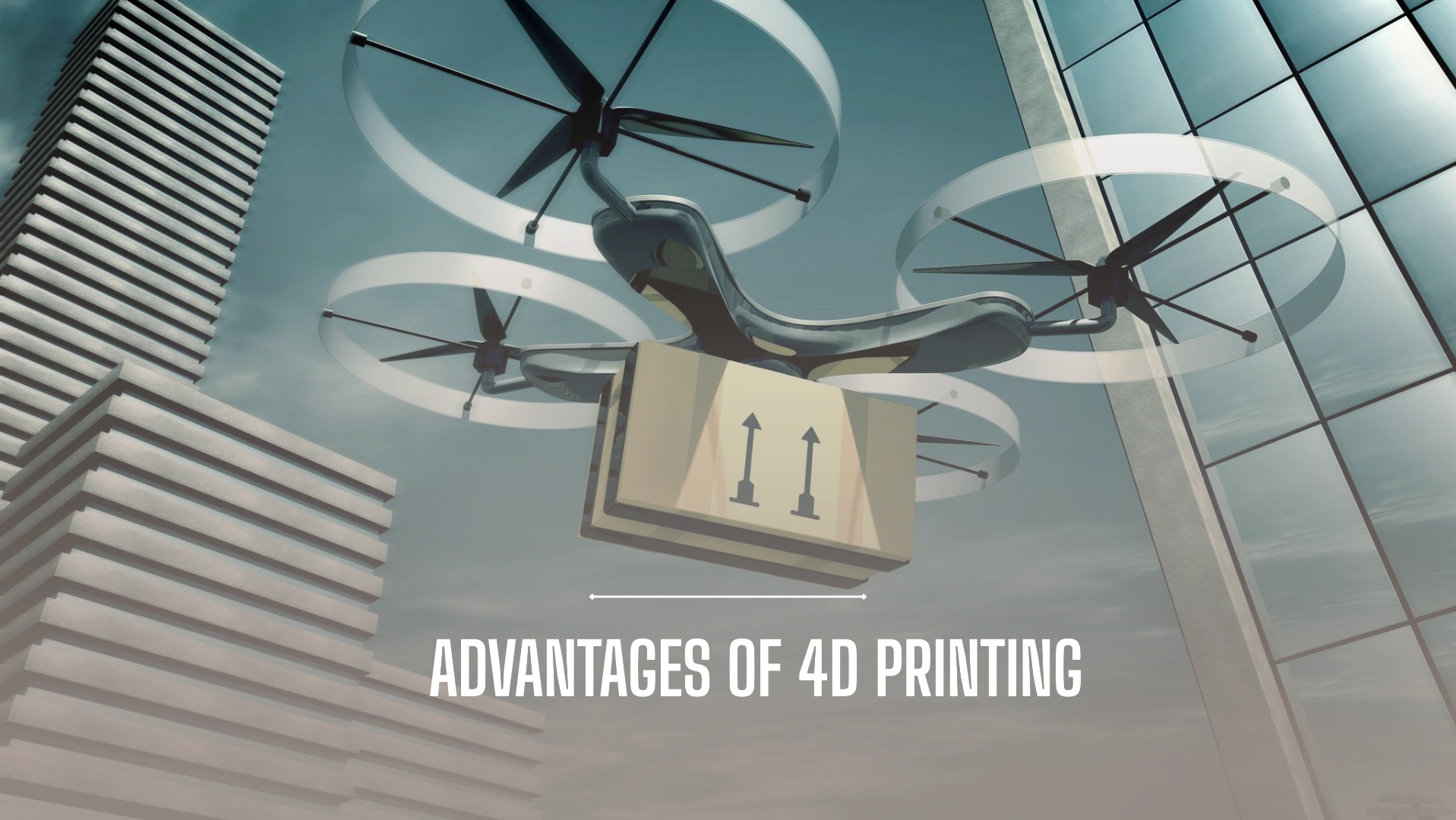
Advantages of 4D Printing
4D printing, a technology based on 3D printing models using smart, programmable materials has the potential to disrupt multiple industries. In our last blog, on 4D printing: The Technology of the Future, we outlined the differences between 3D & 4D printing. We now will explore the advantages 4D printing promises, across different fields, if applied & implemented successfully.
One clear advantage provided by 4D printing is computational folding. Models or parts, too large for a 3D printer to print, can be printed in their secondary forms, thanks to the smart & programmable materials used in 4D printing methods. Smart materials like Shape Memory Polymers, Shape Memory Alloys, Hydrogels, are few amongst a host of new materials being researched & developed, promising models that adapt forms in response to different stimuli of light, moisture, magnetic & electric currents. In some cases, especially where programmable Hydrogels are used, 4D printing promises an almost 90% of reduction in volume.
Shape Memory Effect (SME), a phenomenon that enables materials to remember their shape under certain conditions, helps & promises, objects that can remember & assume their programmed shapes for a given set of conditions. Parts & models printed with the SME are bound to revolutionize the medical industry. Implants that fit any body structure are a well awaited addition. 4D printing can also create devices that will release medicine under preprogrammed conditions. Any rise in temperature of the body can trigger these devices to intelligently determine the person has contracted fever & administer doses of relevant drugs.
printing applications get more complex than above examples. We can imagine pipes, that carry water, the most important life supporting material on the planet, 4D printed to perform various adaptations. Using smart materials can enable dynamic pipes, to be 4D printed, adjusting their diameters to flow rates & water demand in a certain region. These can also be programmed to ‘heal’ themselves, in case of damage, ensuring minimum wastage of water.
The Furniture industry is currently facing a barrier in adoption of 3D printing, as many of the objects involved are huge in comparison to 3D printer sizes. 4D printing, can enable simple shapes to be printed, that can change form & shape by adding light or water. Thus, a simple plain piece of ‘smart’ wood, 4D printed, can become a sofa, a chair, or a bed, by adding water or light to it.
4D printing also promises to change the face of the fashion industry. Clothes that adapt to weather conditions, are being researched. Shoes that can shape based on the activity being undertaken, can promise custom levels of comfort & ergonomics.
Construction of structures like buildings, bridges & roads that build themselves is a dream application of 4D printing. Reduction in labor cost, time involved in building projects, is a foreseeable advantage here. Add the ability to ‘self-repair’ thanks to innovative constriction materials & 4D printing may lead to indestructible transport systems that are immune to various physical & natural disasters.
4D printing is now a technology that is being considered with serious thought, by experts in various fields. From shape changing furniture, to implants that fit any body type & selfhealing pipes, self-adapting clothing to bridges that build themselves, 4D printing promises real life magic with discernable advantages in terms of cost, material & time efficiencies.